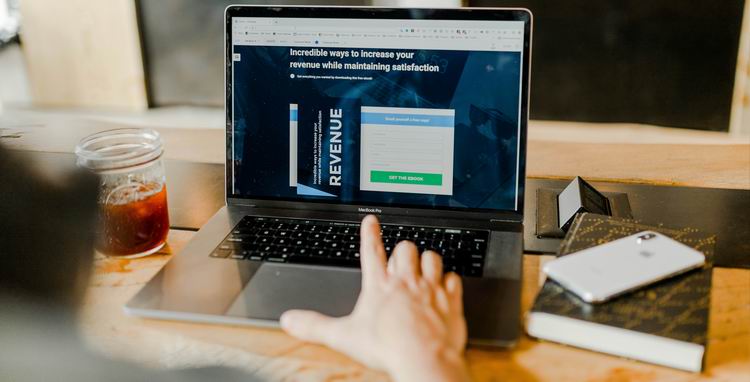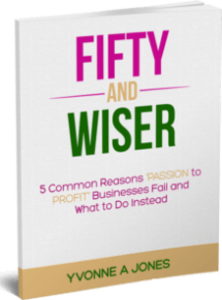"Successful marketing today isn't about choosing between online or offline—it’s about blending both worlds into one seamless customer journey." ~ Yvonne A Jones
Contents:
The Rise of Digital Marketing
With the rise of digital marketing, many businesses are wondering: How can we connect what we do offline with what we do online?
Maybe your in-person service is top-notch, or your physical store has a loyal following. But when it comes to carrying that success over into the digital world, things might not feel as smooth. The key isn’t to separate your online and offline efforts—it’s to bring them together to create a consistent experience for your customers, no matter where they interact with you.
Understanding the Differences: Offline vs. Online Marketing
Offline marketing, like attending networking events or putting up a billboard, is all about direct, face-to-face interactions. These moments are personal and can make a lasting impact. On the flip side, online marketing allows you to reach a larger audience and fine-tune your message to specific groups, but it can sometimes feel less personal.
Even though the channels are different, the goal is the same in both worlds: build strong relationships with your customers!
Whether you’re speaking to someone in person or sending them an email, it’s about earning trust and providing value.
“Bridging offline and online marketing isn't just smart business; it’s how you meet your customers where they are, on their terms, with a consistent message." – Yvonne A Jones
Bringing Offline Strengths to Your Online Marketing
A lot of the strengths that make your offline marketing effective can be applied to your online efforts too. For example:
- Email Marketing: Just like following up with someone after a meeting, email helps you stay in touch with your customers and build relationships. The key is to personalize your messages as much as you can—just like you would in person.
- Live Chat and Chatbots: Offering real-time support online is a great way to replicate the kind of customer service you provide face-to-face. Whether it’s a live agent or a chatbot, quick and helpful responses can build trust with your customers.
- Social Media: Think of social media as your digital version of a networking event. It’s a place to have conversations, show your personality, and build connections with your audience.
Creating a Seamless Experience for Customers
Regardless of how customers find your business—whether it’s in person, on your website, or through social media—they should experience a consistent message and brand. When all your efforts are aligned, it creates a smoother journey for them and helps build trust.
Here are some simple ways to create that seamless experience:
- Consistent Messaging: Make sure your tone, style, and core messages stay the same across all platforms. If your brand voice is friendly and approachable offline, carry that same vibe into your online communications.
- Integrate Customer Data: Use a Customer Relationship Management (CRM) system that tracks customer interactions both online and offline. This way, you can offer personalized service regardless of where they first connected with your business.
Are you wondering what a CRM system is? This is Hubspot’s definition:
“A CRM database allows businesses to manage relationships with contacts and customers by centralizing information. These tools create a single source of truth for your team. You can organize your contacts’ data, keep track of deals, and create reports. You can typically see each contact’s source, if they visited your website, their company, and more.”
- Cross-Channel Offers: Encourage your in-store customers to follow you online, and vice versa. For instance, offer an exclusive discount for signing up for your email list, or invite social media followers to visit your physical location for a special event.
Tools to Help You Bridge the Gap
To successfully connect your offline and online marketing efforts, you’ll need the right tools. Here are a few that can make it easier to manage everything and keep your customer relationships strong:
- CRM Tools: Platforms like HubSpot, Salesforce, and Monday CRM allow you to track interactions across both online and offline channels, helping you get a complete view of your customers.
- Email Marketing Platforms: Tools like Aweber, Mailchimp or ActiveCampaign make it easy to send personalized, automated emails that help maintain a connection with your customers. Aweber is the service I have been using since 2009 and highly recommend it. You can start for free.
- Live Chat and Chatbots: Platforms like Intercom, Drift, or Zendesk Chat can help you provide immediate support to customers who visit your website, much like the help you’d offer in person.
- Social Media Management: Tools like Hootsuite and Buffer let you manage all your social media accounts in one place, ensuring your messaging stays consistent across platforms. To avoid overwhelm, if you’re just starting out, I recommend you start with one or two platforms where your ideal clients and existing customers hang out. Build a following and create a posting schedule so you become known for providing value.
Point of View
These days, your marketing strategy shouldn’t be split between online and offline. The businesses that thrive are the ones that find ways to integrate both and create a smooth, connected experience for their customers. By applying your offline strengths to your online marketing and using tools to keep everything organized, you can build even stronger relationships with your audience and watch your business grow.
Yvonne A Jones is your Relationship Building Strategist/Personal Business Coach who helps offline businesses expand online by teaching them relationship-building and online marketing strategies so they repeat their offline success in the digital world.



